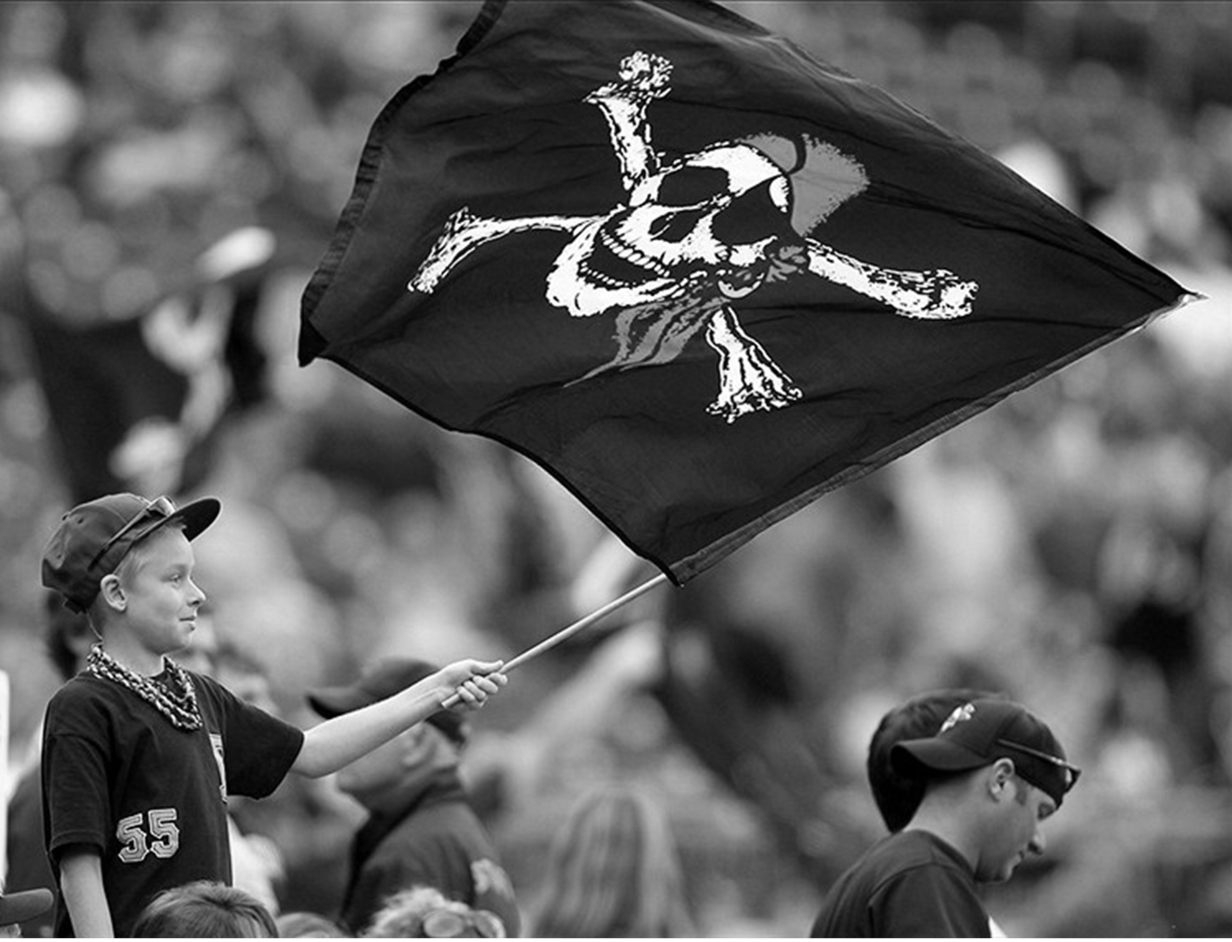Cactus League
Welcome back to the Baseball Bench Coach! MLB’s regular season is here, but allow me to begin my fifth season as your Coach with a spring training story. I remember the anticipation in early March 2020 when I was about to embark on my first Arizona trip to see Cactus League games. I had seen some training games in the Florida Grapefruit League on a few occasions in the past and loved the relaxed approach to the games. I was so excited for that 2020 Phoenix trip . . . and then something happened. As we too often say nowadays, three years later, let’s try again. My wife and my trip a few weeks ago to Mesa and Goodyear, AZ, didn’t disappoint, as I saw my favorite teams in action.
In the early days of baseball players would get ready on their own prior to the season beginning. Most often that meant players maintaining another job before getting to their team’s home ballpark to practice for a couple weeks. Spring training by MLB teams in sites other than their home ballparks didn’t become popular until around 1910. Hot Springs, Arkansas, is often called the “birthplace” of spring training. The Tigers, Pirates, Brooklyn Dodgers, Red Sox, and Cleveland Spiders used three Hot Springs ballparks built for their use in the first official spring training games.
Spring training in Florida started around the same time. In 1913 the Cubs maintained a site in Tampa, while the Indians located in Pensacola. A handful of other teams soon joined them and the Grapefruit League was off and running. Interestingly, an incident in Ocala, Florida, in the early 1940s, triggered the start of spring training in Arizona. Bill Veeck, then owner of a minor league team that was training in Ocala, sat in the black section of the segregated stands to chat with fans. He was told by local law enforcement to leave. Aggravated by the racist incident, Veeck, once he purchased the Indians in 1946, moved them to Tucson to train and convinced the New York Giants to play in Phoenix. The Cactus League was born! Today, 15 MLB teams train in Arizona, while the other 15 teams find their spring training homes in Florida.
The first stop on our spring training journey this year was Sloan Park, the home of the Cubs in Mesa. The ballpark opened in 2014 and remains the newest one in the Cactus League. Sloan Park has a capacity of 15,000 + fans, the highest capacity among Arizona and Florida ballparks. On our visit to Sloan it was the fifth sellout of the spring season with fans lining the general admission grass seating beyond the outfield fence. We had the good fortune of taking a guided tour around the ballpark prior to the game. Our guide (a great reader of this blog!) pointed out the numerous images of Wrigley Field as we walked around, including Sloan’s own marquee. Our keepsake photo from the visit is our names and “Go Cubs Go” displayed on the marquee.
I always find ballparks to be my ultimate place to relax, and in spring training maybe even more so. Both the Cubs and White Sox rested many of their star players, so it felt like a minor league game in many respects. Early in the game the scoreboard read “Mesa 76 degrees, Chicago 36 degrees”. Many of the fans were there to just enjoy the warm weather and see a little baseball. On the mound the Cubs started Drew Smyly while the Sox countered with Lucas Giolito. Both starters left around the fourth inning, which is typical midway through spring training. We did see Cody Bellinger and Ian Happ each get two at-bats. I’ll have to wait to see my new favorite Cub, Dansby Swanson, in person at Wrigley during the season.
Sometimes spring training is the start of a great career for a player who is a longshot to even make the team. I recall fondly hearing about this unknown third baseman, Albert Pujols, tearing it up in 2001 Grapefruit League play. 22 years later, Pujols completed his HOF career last season. Of course, the ultimate a “star is born” story goes back to 1918 when the Red Sox had one of its pitchers, Babe Ruth, play first base in an emergency against the Pirates in a spring game in Hot Springs. The Babe hit two HRs that day and soon found himself in the everyday lineup. Oscar Colas, the rookie rightfielder of the Sox, might be this year’s find. Last week Colas’ call to his mother with joy that he made the team went viral. When I saw Colas play a few weeks ago in Arizona, I remarked that he had such a sweet swing. This rookie can hit!
After the game we ventured into the Cubs Team Store. One can never have enough Cubs apparel for the wardrobe. Spring training baseball is not only a huge revenue source for the teams, but clearly for all the hotels, restaurants, and other businesses in the area. The Arizona Republic estimates that the Cactus League generates around $300 million each spring for the Phoenix metropolitan area. In fact, Mesa and the surrounding area seems like Chicago West. There are several Lou Malnati’s pizza and Portillo’s hotdog restaurants around for those to experience the finest in Chicago cuisine.
My Cincinnati food desires were satisfied as well on this trip. Two days later we visited the Reds spring training site in Goodyear. In the Reds Team Store I spotted Montgomery Inn barbecue sauce. For lunch I had two coney cheese dogs courtesy of Skyline Chili. It was close to the real thing, but the shredded cheese was not quite the same. The Reds share the Goodyear Ballpark with the Guardians. The ballpark has a capacity of 10,000, an average size for MLB spring ballparks. Goodyear Park is in more of a suburban setting than Sloan Park, and even more chill. About two-thirds of the fans at this Reds vs. Dodgers game were wearing Dodger blue, and frankly it didn’t bother me. It was just good to sit back and enjoy the game in the sun.
Both the Reds and Dodgers were playing their “B” lineups on this Sunday afternoon encounter. It was though Joey Votto’s first game back since his injury late in the season last year. He struggled in his three plate appearances. Late in the game we were treated to an at-bat by the Reds top rated player in the minor leagues, Elly De La Cruz (remember that name!). Like the game in Mesa, the teams started pitchers in their rotation, the Reds’ Graham Ashcraft against the Dodgers’ Dustin May. Both appeared to be in mid-season form. One interesting moment was May’s approach to a Reds hitter who left the batter’s box early in the count. Since you only get to step out once, May froze the batter the rest of the at-bat by holding the baseball until late in the pitch clock. More on the pitch clock and the new MLB rules in next week’s edition.
Over the past week the MLB teams left their spring training homes for the start of the season. It’s time to really PLAY BALL!
Until next Monday,
your Baseball Coach

































